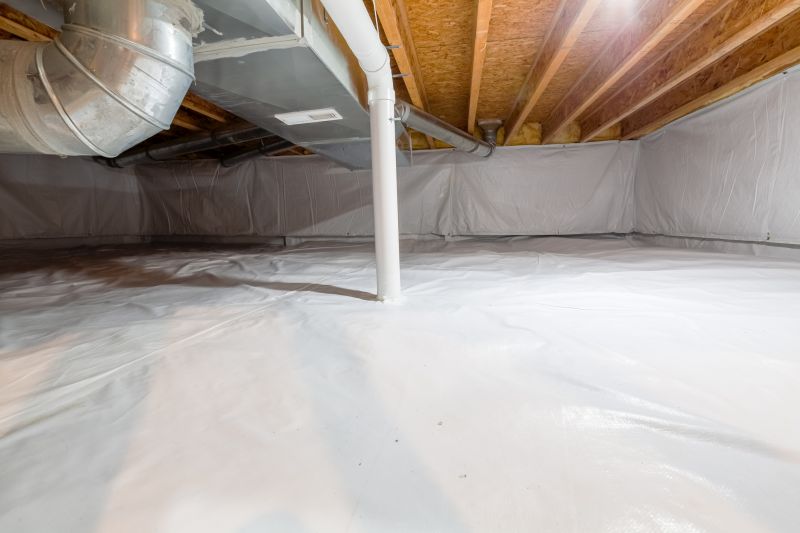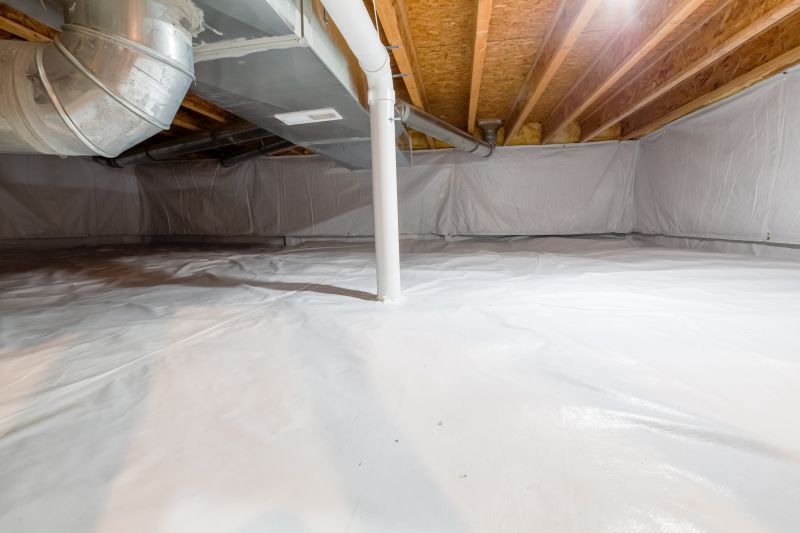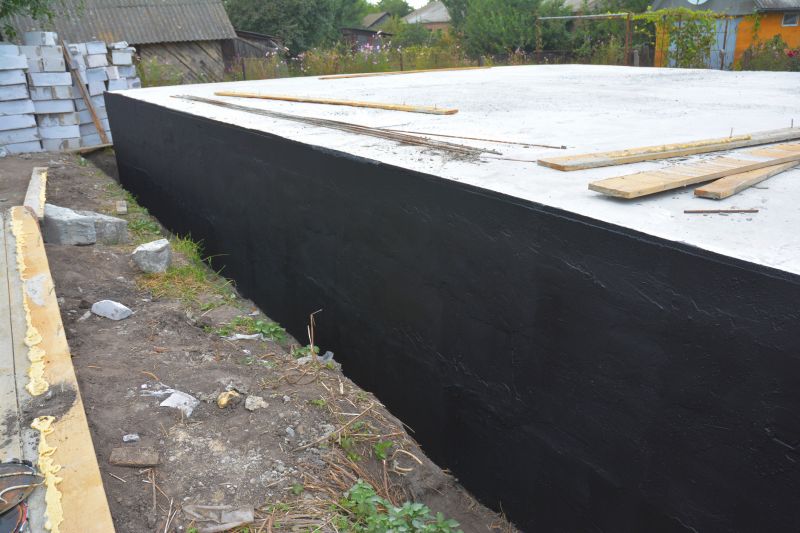Transform Your Crawlspace with Professional Encapsulation
Crawlspace encapsulation is a comprehensive process designed to improve indoor air quality, prevent moisture issues, and protect the structural integrity of buildings in Pleasant Prairie, Wisconsin. Properly encapsulating a crawlspace involves sealing vents, installing vapor barriers, and ensuring effective moisture control to create a healthier, more stable environment beneath the home.
Encapsulation significantly reduces excess moisture that can lead to mold growth, wood rot, and structural damage. Studies indicate that encapsulated crawlspaces can decrease humidity levels by up to 50%, preventing costly repairs and health issues.
Sealing off the crawlspace prevents mold spores, dust, and allergens from entering the living areas. This can lead to a reduction in respiratory problems and allergy symptoms for residents.
Encapsulation helps to maintain consistent temperatures, reducing energy costs associated with heating and cooling. Homes with encapsulated crawlspaces often see energy savings of up to 15%.

A sealed and insulated crawlspace providing a clean and dry environment, reducing moisture and improving home efficiency.

A professional installation of vapor barriers across the entire crawlspace floor, preventing ground moisture from entering.

Proper insulation installed within the encapsulated space to enhance energy efficiency and temperature regulation.

A tidy, finished crawlspace with sealed walls and flooring, ready to support a healthier home environment.
Neglecting crawlspace encapsulation can lead to serious issues such as mold growth, pest infestations, and structural deterioration. Unencapsulated crawlspaces are prone to moisture buildup, which can cause wood rot and compromise the foundation over time. Additionally, harmful mold spores and allergens can migrate into living spaces, impacting health and comfort.
| Risks of Not Encapsulating | Benefits of Encapsulation |
|---|---|
| Increased mold growth | Reduces mold and moisture-related problems |
| Higher energy costs | Enhances energy efficiency and reduces utility bills |
| Structural damage to foundation | Protects the structural integrity of the home |
| Pest infestations | Deters pests and rodents from entering the crawlspace |
| Poor indoor air quality | Improves air quality by sealing out allergens and mold spores |
| Wood rot and decay | Prevents wood decay and prolongs the lifespan of the structure |
| Increased humidity levels | Maintains optimal humidity levels for health and safety |

